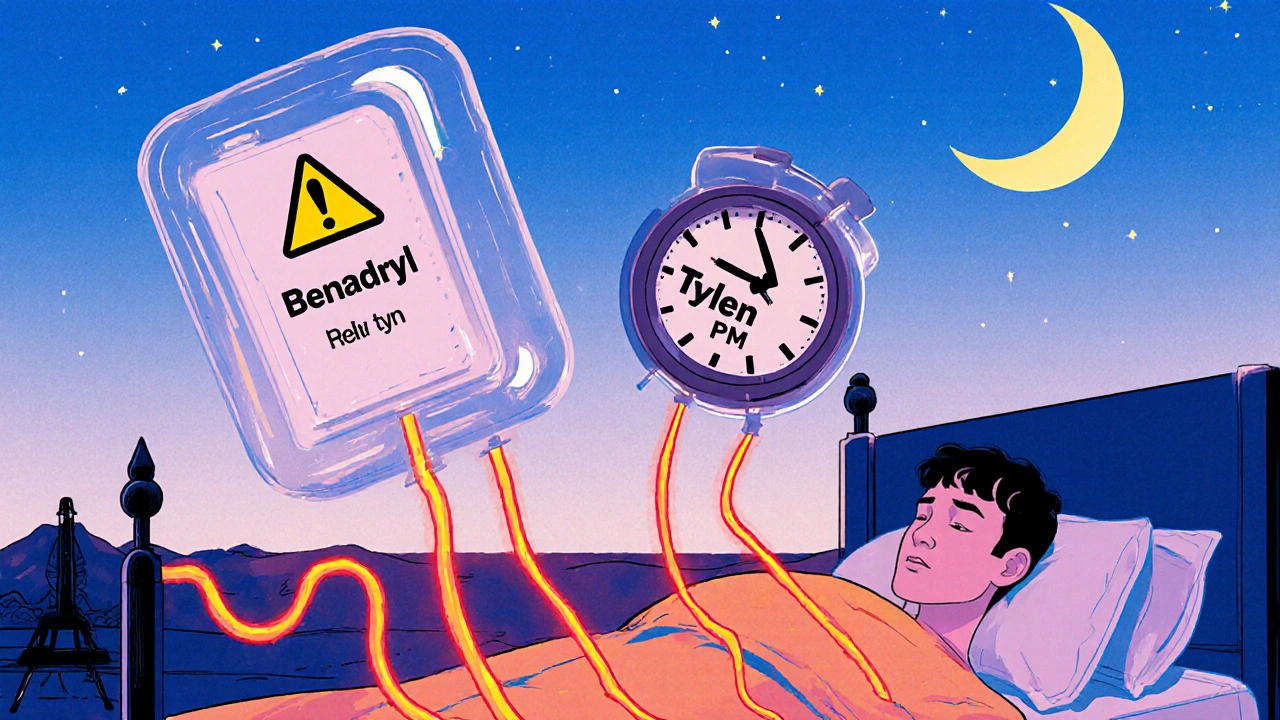RLS: Understanding Restless Legs Syndrome and Its Treatments
When your legs feel like they’re crawling, tingling, or aching—especially at night—you might be dealing with Restless Legs Syndrome, a neurological disorder that triggers an irresistible urge to move the legs, often disrupting sleep. Also known as Willems-Ekbom disease, RLS isn’t just restlessness. It’s a real condition tied to how your brain uses dopamine and responds to iron levels in the nervous system. Millions of people live with it quietly, thinking it’s just stress or bad circulation. But RLS has clear patterns: symptoms worsen at rest, improve with movement, and hit hardest in the evening. If you’ve ever had to get up at 2 a.m. to pace because your legs wouldn’t stop screaming, you know this isn’t normal.
What drives RLS? It’s not one thing. Low iron in the brain is a major factor—many people with RLS have normal blood iron but still lack it where it matters most. Dopamine, the brain’s movement and reward chemical, also plays a key role. That’s why medications that boost dopamine, like those used in Parkinson’s, often help. But RLS doesn’t always respond the same way to every drug. Some people find relief with simple lifestyle changes: cutting caffeine, walking before bed, or using compression socks. Others need prescription meds. And while it’s often linked to pregnancy, kidney disease, or nerve damage, many cases have no clear cause at all.
It’s not just about the legs. Poor sleep from RLS can lead to anxiety, depression, and trouble focusing during the day. It’s a cycle: the worse your sleep, the more your body struggles to regulate dopamine and iron, and the worse your legs get. That’s why treatment isn’t just about meds—it’s about managing the whole system. Some people find that regular exercise helps more than pills. Others need to test their ferritin levels before even trying anything else. And if you’ve tried everything and still can’t sleep, you’re not alone. There are real, research-backed options out there.
In the posts below, you’ll find practical, no-fluff guides on what actually works for RLS—whether it’s comparing iron supplements, understanding how dopamine drugs affect your body, or spotting hidden triggers in your diet and routine. No theory. No hype. Just what people are using, what doctors are seeing, and what helps when the legs won’t stop moving.
 28 October 2025
28 October 2025
Antihistamines and Restless Legs: Worsening Symptoms and Safe Alternatives
Sedating antihistamines like Benadryl can severely worsen restless legs syndrome by blocking dopamine in the brain. Learn which allergy meds are safe and what alternatives actually work.
Latest Posts
-

How to Choose the Best Underwear to Prevent Anal Itching
-

Boost Your Overall Health with the Power of Fructo-Oligosaccharides Dietary Supplement
-

Smoking and Heart Disease: Proven Cessation Strategies That Save Lives
-

Duphalac (Lactulose) vs Other Laxatives: A Detailed Comparison
-

Iverheal (Ivermectin) vs Top Antiparasitic Alternatives - Detailed Comparison

11